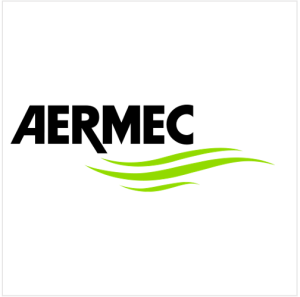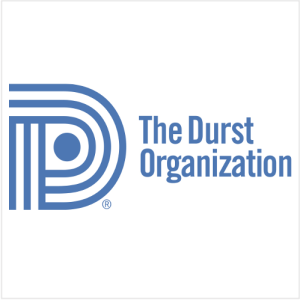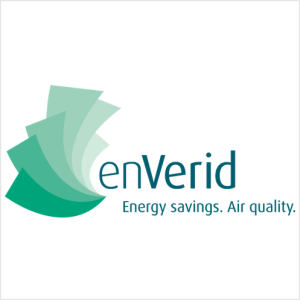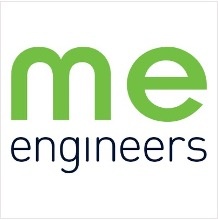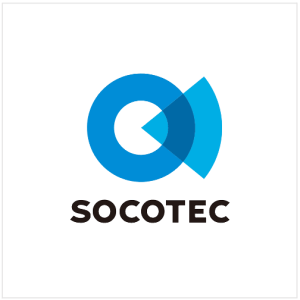- One Bryant Park is a test bed for the unique study of deep retrofit options in a building facing a unique set of challenges:
Relatively new construction (2008) : The young age of the building makes major capex investments difficult to rationalize, as equipment has not yet reached the end of useful life.
Large cogeneration facility (4.5 MW): Constructed as an environmental boon, a future greener electric mix in zone J and a local penalty structure which dis-incentivizes on-site fossil fuel combustion may in the future cause the current operating strategy to be difficult to rationalize. The above conditions may necessitate re-envisioning the use case for the cogeneration plant, such as a resiliency and demand response feature, in lieu of a 24/7/365 operation.
24/7 Operations: A building leasing to a tenant with international operations, or otherwise operating outside of regular business hours is more efficient than spreading operating hours over multiple properties, however is seen as inefficient operation when compared only on a per square foot basis.
High-intensity tenant energy use (one large tenant occupying 75% of interior, with data center and dense trading floors): optimizing tenant energy use is a necessity to significantly reducing the building's carbon footprint.
Expected end of useful life for major building systems not until 2030 or later
- Due to these constraints, the primary near-term opportunities were found to be technology and control improvements, and operations enhancements.
- Embodied carbon: Waiting until the end of useful life of equipment is prioritized in order to take advantage of incremental, rather than total, capital expenditure to improve overall payback of measures, and minimize the amount of embodied carbon generated at the facility.

